Talkative and commandeering as he testified in court yesterday, Hong Kong media mogul Jimmy Lai (黎智英) still seemed like a man used to being in charge despite spending most of the past four years in jail.
The 76-year-old took the witness stand in his trial for collusion with foreign forces, breaking the silence he has kept over five previous trials arising from his participation in the territory’s now quashed democracy movement.
Lai’s case is one of the most prominent prosecuted under Hong Kong’s National Security Law imposed by Beijing in 2020, and Western countries and rights groups have demanded his release, raising concerns over his health.
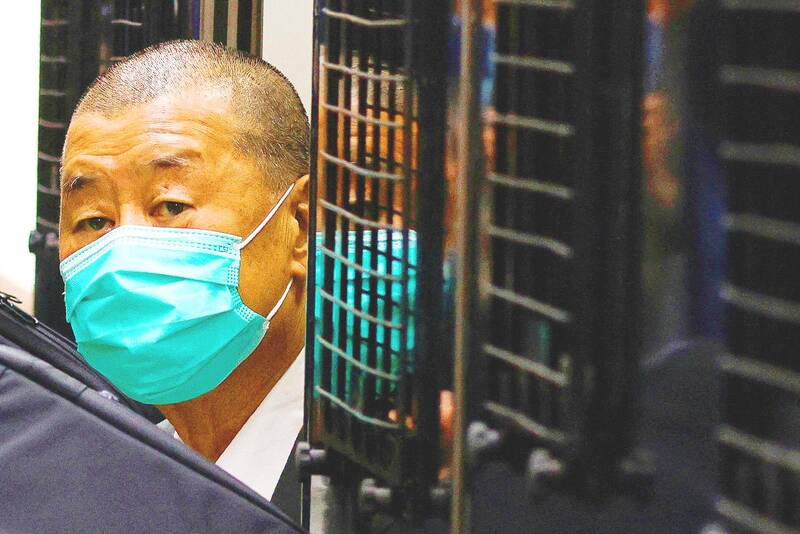
Photo: Reuters
However, Lai looked well and spirited, entering the courtroom smiling and flanked by four prison officers.
Sporting a pair of thick-rimmed glasses and a green jumper, he waved to the public gallery as he sat in the dock.
From the beginning of his testimony, the tycoon was strident, describing how he had got into the media business “to participate in delivering information, which is delivering freedom.”
His outlets were “always in support” of freedom, he said, describing himself as a “businessman and social activist.”
Clearly used to authority, he was almost prickly at times, such as when asked why he had retired from his media company Next Digital Ltd (壹傳媒集團) after 2014.
“I am the boss, if I want to retire, I can retire,” he said.
However, he described a deep sense of responsibility for his outlets, explaining why he made himself executive chairman of Next Digital just a month before the security law came into force.
“It’s right for me to take up the responsibility of the company if anything happened to it, as an owner,” he said.
Throughout the day, Lai answered quickly and confidently, frequently jumping in before his defense lawyer had even finished asking a question.
Much of the afternoon was spent delving into Lai’s interactions with executives of his now-shuttered Apple Daily tabloid, several of whom have testified against him.
In response to former Apple Daily editorial writer Yeung Ching-kee’s (楊清奇) testimony that Lai had radicalized from 2014 onward, he was dismissive.
“I don’t know how he got this impression. I rarely talked to him... If I was radical, I was radical all along,” Lai said.
He denied dictating editorial direction, which has been charged as being “seditious,” at his outlets.
“I have a very strong personality, but do I have a very strong enforcement in my management? I don’t agree,” he said.
Asked whether he had made donations to US organizations to influence them into taking action against China or Hong Kong, he scoffed at the amount he had given.
“My donation is too small to be even mentioned, not to say to influence,” he said, adding that he had never contributed to a US political party.
Lai’s wife and daughter were in court, accompanied by retired Cardinal Joseph Zen (陳日君), one of Asia’s highest-ranking Catholics who is also being investigated under the security law.
Lai, who is also Catholic, sometimes turned to look at them during his testimony, sitting just a few meters behind him.
As the court adjourned for the day and he made his way out of the witness box, he waved and blew them a kiss.
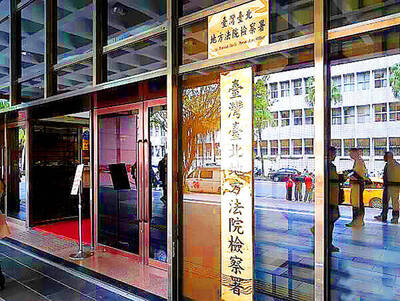
INVESTIGATION: The case is the latest instance of a DPP figure being implicated in an espionage network accused of allegedly leaking information to Chinese intelligence Democratic Progressive Party (DPP) member Ho Jen-chieh (何仁傑) was detained and held incommunicado yesterday on suspicion of spying for China during his tenure as assistant to then-minister of foreign affairs Joseph Wu (吳釗燮). The Taipei District Prosecutors’ Office said Ho was implicated during its investigation into alleged spying activities by former Presidential Office consultant Wu Shang-yu (吳尚雨). Prosecutors said there is reason to believe Ho breached the National Security Act (國家安全法) by leaking classified Ministry of Foreign Affairs information to Chinese intelligence. Following interrogation, prosecutors petitioned the Taipei District Court to detain Ho, citing concerns over potential collusion or tampering of evidence. The
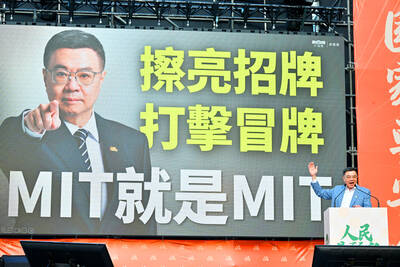
TRADE: The premier pledged safeguards on ‘Made in Taiwan’ labeling, anti-dumping measures and stricter export controls to strengthen its position in trade talks Products labeled “made in Taiwan” must be genuinely made in Taiwan, Premier Cho Jung-tai (卓榮泰) said yesterday, vowing to enforce strict safeguards against “origin laundering” and initiate anti-dumping investigations to prevent China dumping its products in Taiwan. Cho made the remarks in a discussion session with representatives from industries in Kaohsiung. In response to the US government’s recent announcement of “reciprocal” tariffs on its trading partners, President William Lai (賴清德) and Cho last week began a series of consultations with industry leaders nationwide to gather feedback and address concerns. Taiwanese and US officials held a videoconference on Friday evening to discuss the
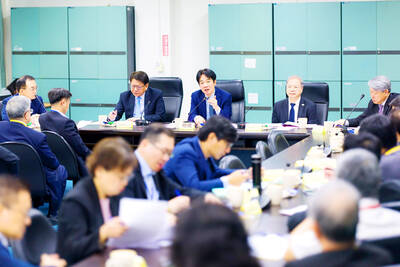
NEGOTIATIONS: The US response to the countermeasures and plans Taiwan presented has been positive, including boosting procurement and investment, the president said Taiwan is included in the first group for trade negotiations with the US, President William Lai (賴清德) said yesterday, as he seeks to shield Taiwanese exporters from a 32 percent tariff. In Washington, US Trade Representative Jamieson Greer said in an interview on Fox News on Thursday that he would speak to his Taiwanese and Israeli counterparts yesterday about tariffs after holding a long discussion with the Vietnamese earlier. US President Donald Trump on Wednesday postponed punishing levies on multiple trade partners, including Taiwan, for three months after trillions of US dollars were wiped off global markets. He has maintained a 10 percent
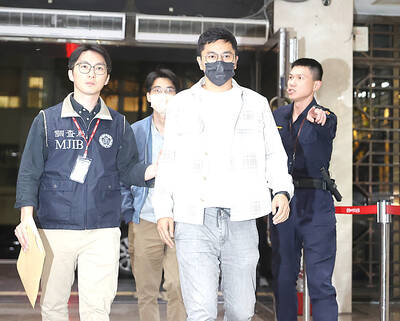
PERSONAL DATA: The implicated KMT members allegedly compiled their petitions by copying names from party lists without the consent of the people concerned Judicial authorities searched six locations yesterday and questioned six people, including one elderly Chinese Nationalist Party (KMT) member and five KMT Youth League associates, about alleged signature forgery and fraud relating to their recall efforts against two Democratic Progressive Party (DPP) legislators. After launching a probe into alleged signature forgery and related fraud in the KMT’s recall effort, prosecutors received a number of complaints, including about one petition that had 1,748 signatures of voters whose family members said they had already passed away, and also voters who said they did not approve the use of their name, Taipei Deputy Chief Prosecutor